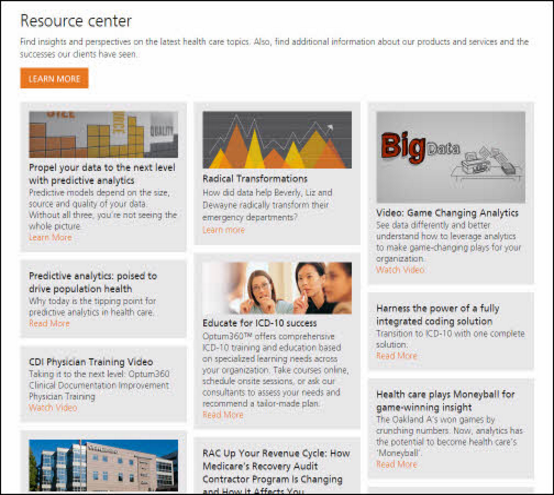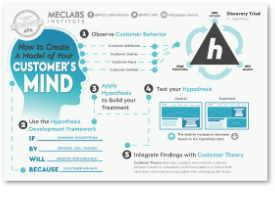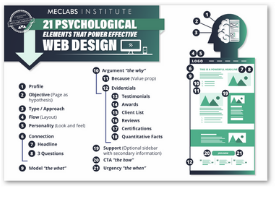Content Marketing: How to help subject matter experts come up with blog topics
Let’s say you’re an intrepid marketer at a company. You’ve read about the power of inbound marketing, have started your company’s blog, and … now what? How do you get these subject matter experts (SMEs) to blog? And what should they blog about?
Or perhaps you have an established content marketing blog — you’ve been going for years. But your SMEs are running out of ideas for blog topics. What should you do?
Keep reading (and then send your SMEs this blog post).
The analogy

Photo: Cirofono
Now that we’ve established the problem, let’s look to an analogy laced with a pop reference to help give you an approach to solve it.
When George and Jerry are pitching the idea of the “show about nothing” to NBC executives on “Seinfeld,” George asks …
George: What did you do today?
NBC Exec: I got up and came to work.
George: There’s a show! That’s a show.
NBC Exec: How is that a show?
The Seinfeld Method
If your SMEs don’t think they have anything helpful to blog about for your audience, ask them, “What did you do today?”
Their day-to-day role likely spurs many topics that would benefit your ideal customer but are hidden in the four walls of your company. In fact, are you read this blog post, your SMEs are probably:
- Helping Sales on a customer call
- Assisting customer service answer a customer’s question
- Learning something key about the industry themselves
- Following an established process they’ve created to complete a key task in your industry
- Having their own unique take on how a piece of general news applies to your industry
- Learning how your product or service is helping a customer
- Teaching a new employee key skills
- Making a discovery as a customer themselves
Almost everything done in their job is content.










